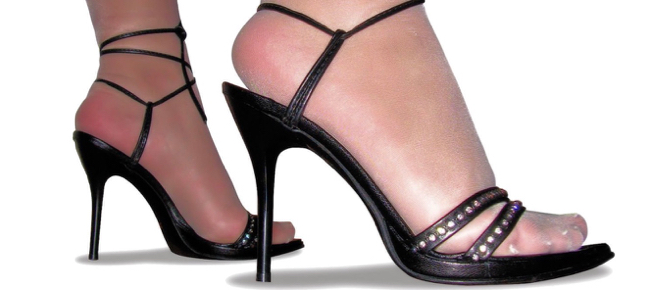Manipulation gets a bad rap. It’s not always a bad thing.
Sometimes manipulation can change a situation that might be headed in a harmful direction into a healing one.
For example, Sarah, a teenager, is getting ready to go on her first date. She comes down the stairs and asks her parents if she looks OK. She is nervous, unsure of her appearance and could easily collapse into shame.
Sarah’s father and mother at first stare at their child wide-eyed as they notice the length of her skirt and the height of her heels. They want to blurt out, “Good Lord, you look like a call girl! Get upstairs and change right this minute.”
Instead, mom taps dad’s leg under the table, indicating she’ll handle this one.
Mom takes that essential beat, pauses and smiles. She remembers herself as a teenager, insecure and fearful of being rejected. She says to her child in a loving tone, “Honey, you look beautiful; can I make one suggestion?”
Her eager child, seeking approval and fearful of rejection, is receptive to her mother, who has not judged her negatively.
“Sure, Mom,” Sarah replies.
Using the art of manipulation, her mother says, “I like that skirt, but you know the blue one with the plaid print you just bought a couple of weeks ago? Well it matches those shoes just great. Had you thought of that?” (Note from mom: It’s also a longer, tailored plaid skirt.)
The daughter looks down and notices the mismatch without shame. Grateful for the loving suggestion she goes back upstairs and changes, feeling both loved and supported. Sarah has a healthy sense of pride within.
Manipulation? You betcha. Was it a bad thing? No way.
